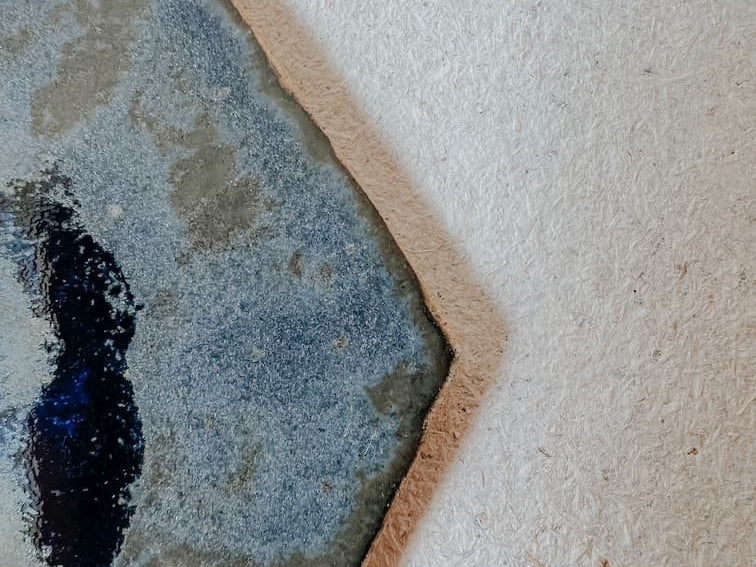
This is part 1 of my series on the history of Prussian Blue and my development of my deep midnight blue glaze, which will be featured in a future collection. Don't forget to follow me on Instagram to follow along with the studio.
“Nothing is perhaps more peculiar than the process by which one obtains Prussian blue, and it must be owned that, if chance as not taken a hand, a profound theory would be necessary to invent it”. Jean Hellot, 1762.
Around 1706 (we’re not quite sure), in Berlin, an alchemist named Johann Jacob Diesbach mixed up a batch of what he believed was his cochineal red lake paint. The ingredients included potash and iron sulphate.
He had made this before but this time he used potash that he purchased from a colleague, Johann Konrad Dippel (yes, many Johanns in this story). To his surprise, the paint he was expecting to be red turned out a deep blue.
As he looked for answers, Diesbach went back to Dippel. The latter concluded that his potash might have been contaminated by animal oil. Dippel, a rather fascinating fellow, was known for his “Dippel Oil”, which he claimed could heal all sorts of illnesses. His oil was made by boiling animal parts and so the potash he gave Diesbach was contaminated by animal blood.
When mixed with iron sulfate, the blood causes a chemical reaction, creating iron ferrocyanide, which we now call Prussian blue.
Prussian blue is generally thought to be the first synthetic pigment and it was indeed created by accident.
The formula to make Prussian blue remained a secret until 1724.
Sources used for this blog post:
- The secret lives of colour, Kassia St. Clair
- Pigment: The first modern pigment, Prussian Blue
- Prussian Blue , the oldest synthetic pigment born from a mistake
